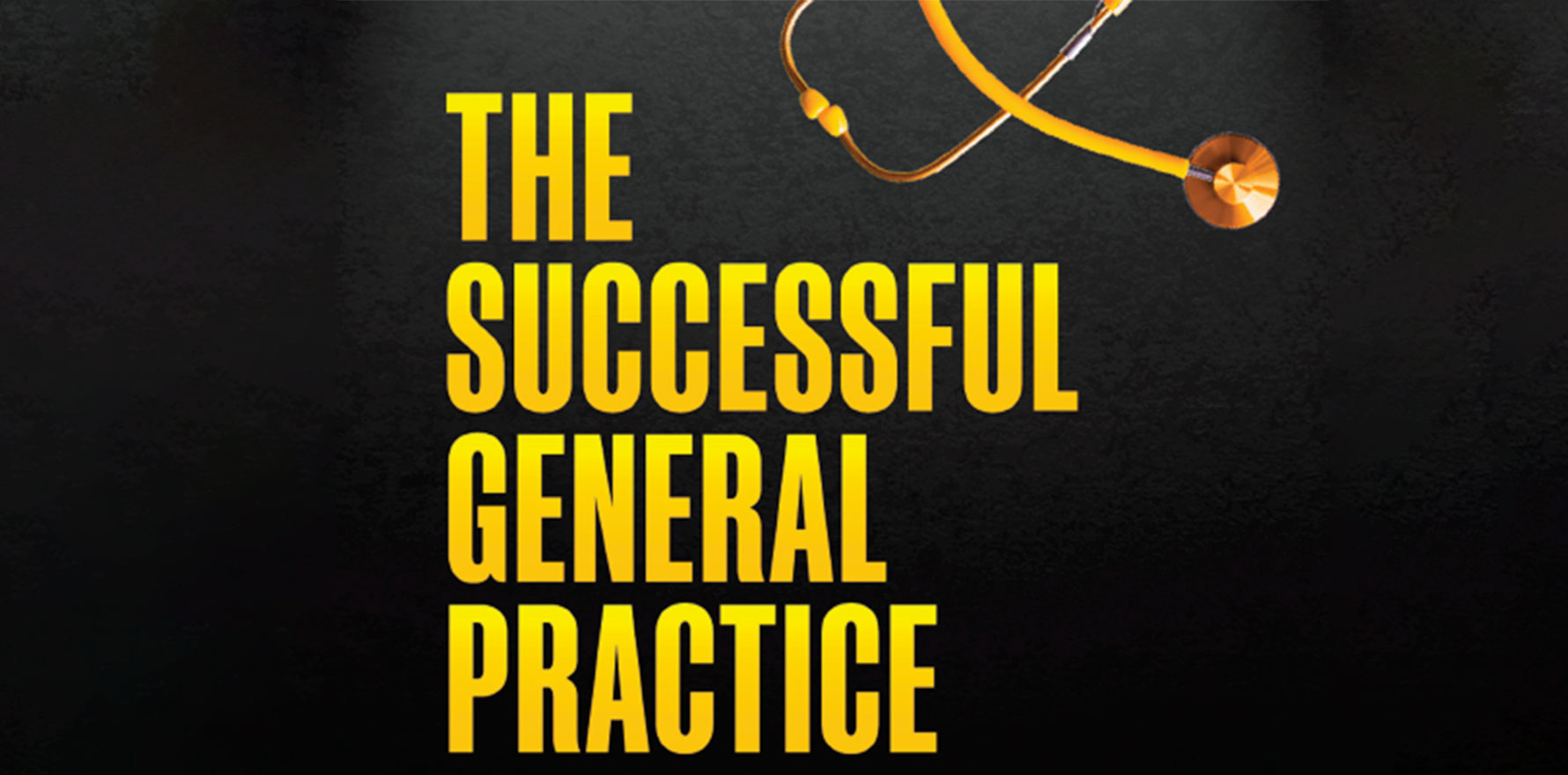In their new book, the Scale My Clinic founders share some secrets to building a successful and sustainable general practice.
As we write this, the world is still in the grip of the covid-19 pandemic. And while that gives us plenty of worries about what’s happening in the present, it’s also going to impact the viability of your practice in the future.
Of course, you may be reading this after the pandemic has passed. If that is the case, the lessons contained in this chapter, and those that follow, still ring true.
Let’s begin by looking at the three potential futures for your business. Note that one of these outcomes will likely be your reality in three years:
Some Businesses Will Fail
We already see this around us, especially if we look at industries heavily impacted by the pandemic. If they haven’t folded already, these businesses will run into serious trouble when government stimulus packages run out, or just simply with the passage of time. They are the walking wounded.
Often these are businesses that did well in pre-pandemic times. Typically they haven’t taken any decisive action to adjust to what is happening around them. Instead, they’ve fallen back on the hope that things will return to ‘normal’ quickly enough for them to survive. Of course, we’ve seen multiple waves of the pandemic, and that hope has already disappeared.
Some Businesses Will Introduce Changes
These businesses aren’t doing things exactly as they were before the pandemic. They’ve changed some things, but they haven’t done it with a spirit of innovation or leadership. They’ve done it because they feel like they’re forced into making the changes based on the situation. The marketplace is driving them, and the changes tend only to come when their patients demand them or they copy the competition they are hoping to catch up to. In short, these Practices are reactive and undertake the least change to get by.
Some Businesses Will Introduce Smart Changes
These businesses are the leaders. Decisive action can often mean deferring rewards during difficult times because they understand the importance of delaying gratification and relentlessly serving their communities. They’re proactive in the way they approach change, and these leaders know what lies on the other side of the crisis:
Opportunity!
These businesses will still be successful in three years because they focus their time and energy on rewarding the communities they serve. Incoming patients will also bolster them from the other two types of businesses, which again happens because they’re doing what they need to do to turn the current situation into an opportunity.
There are some important attributes of the Three Futures model. The first is that the lines are always closest together right now. Initially, the divergence is small and imperceptible; but once the compounding effect of taking decisive action takes hold, the lines quickly separate, becoming a long way apart over three years.
You may think it is expensive and time consuming to be on line 1. But it is more expensive and time consuming, as well as risky, to wait longer to jump the lines. In fact, the people drifting along line 3 often look to selling their Practice as a means to exit their passivity. That never works because you are typically bound to the Practice, in most cases, for two to three years; meaning, you sell your freedom along with an underperforming Practice only to see the next Owner unlock the success that was rightfully yours.
This brings us to your mission as a Practice Owner.
These three scenarios are closer together than they’ve ever been before. Your mission is to do everything you can to be the type of Practice leader who introduces smart changes. If you wait any longer to become that leader, you’re likely to end up in one of the first two scenarios, which is not where you want to be.
You need to become action-oriented.
It’s through taking action that you move up the categories of leadership.
Right now, you’re likely in one of four positions:
- You feel lost and you’re waiting for somebody to come along and rescue you. This group is pretty traumatised by the current events, and they’re looking for anybody to throw them a rope to grab.
- You need to be served, which is a problem because you don’t choose who helps you when you’re in this group. People in this category often become victims because they don’t have the impetus to act, and typically don’t choose solutions to their actual problems.
- You’re a fighter and you’re determined to get through this. You’re still putting your hand up and asking for help. But you’re also prepared to act as soon as you get that help. Hopefully, you’re in either this group or the next group if you’re reading this book as these are the groups that will get the most from what we have to share.
- Finally, we have the leaders. These are the people who can step back and appreciate the current situation for what it is. More importantly, they can lead others out of the current circumstances and towards what they want.
Before we move on, we’d like to ask you a question.
Being absolutely honest with yourself, which of those four categories applies to you?
The goal is to become one of the leaders, which the framework we share in this book will help you do. Right now, it’s likely that you’re in one of the other categories. Understanding which of these categories you fit into is the first part of your self-assessment. It reveals to you what you need to change about yourself to build a sustainable Practice now and in the future.
This is an edited extract from The Successful General Practice, available as an e-book from scalemyclinic.com.au.



